« In September 1990, 6 months after I finished the camera obscura series “Wall Views”, I traveled to Berlin again, but the wall had disappeared. Therefore an amazing cityscape had appeared. I saw large arcane wastelands in the center of the city where before the wall blocked the view, divided and coined the cityscape. We knew that in the future something new would arise here. This special cityscape evoked a feeling of silence, point zero and presence. This was now! With the large format camera I took pictures from this cityscape at the Potsdamer Platz, near Bernauer Straße, in Kreuzberg and in Treptow. »
« En septembre 1990, six mois après avoir achevé la série Camera Obscura/Sténopé avec le mur de Berlin, je suis venu une nouvelle fois. Le mur avait disparu. Là où auparavant il barrait la vue, imprégnait et divisait notre vision de la ville, je découvrais des vues de Berlin vides, étrangères et inhabitées. Je savais qu’il y aurait dans le futur quelque chose de nouveau ici. Ces paysages urbains, particuliers et inhabituels, éveillaient en moi un sentiment étrange de paix intérieure et de calme. Cela se manifestait de manière sensible dans un présent immédiat. Avec une chambrephotographique grand format, j’ai réalisé ces images à Potsdamer Platz, près de la Bernauer Straße, à Kreuzberg et à Treptow. »
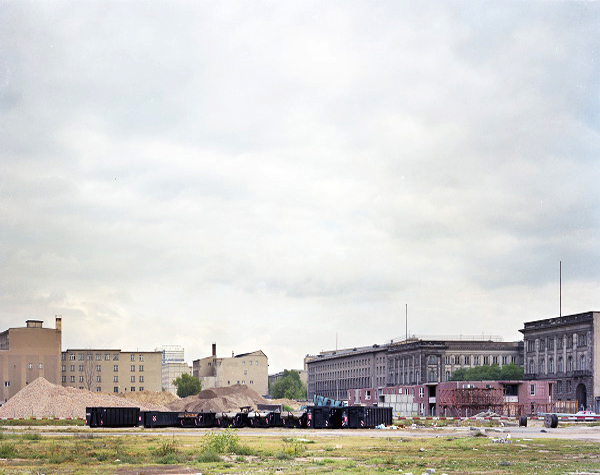
C-Print Diasec
80 x 120 cm
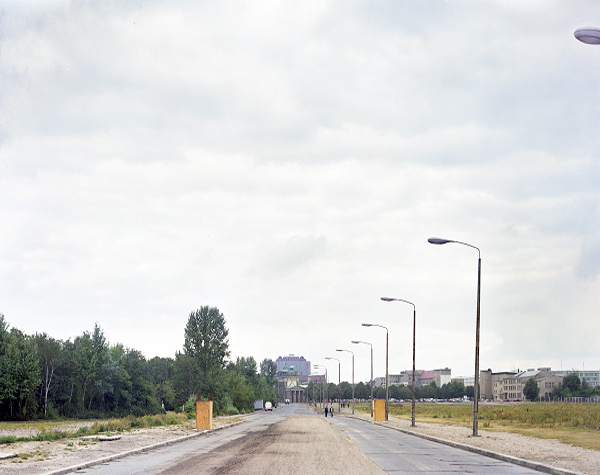
C-Print Diasec
80 x 120 cm
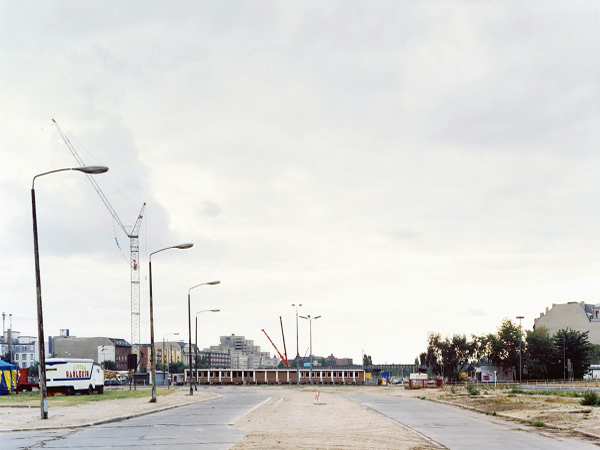
C-Print Diasec
80 x 120 cm

C-Print Diasec
80 x 120 cm
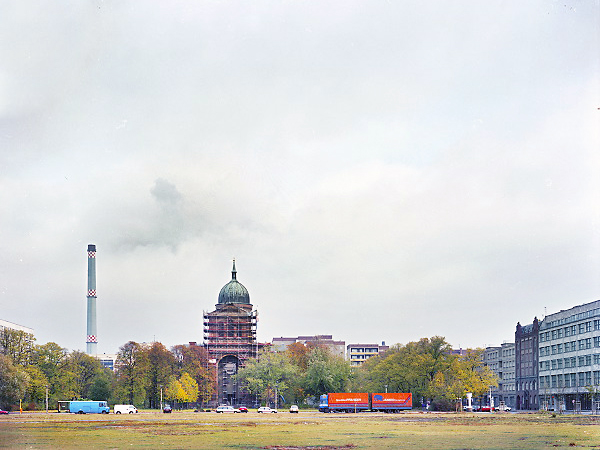
C-Print
50 x 60 cm
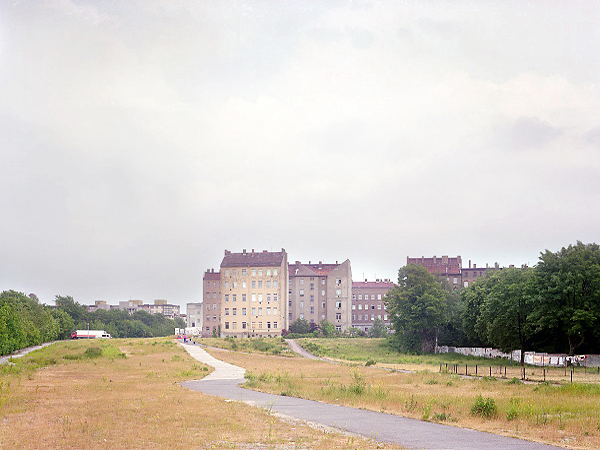
C-Print
50 x 60 cm

C-Print
50 x 60 cm
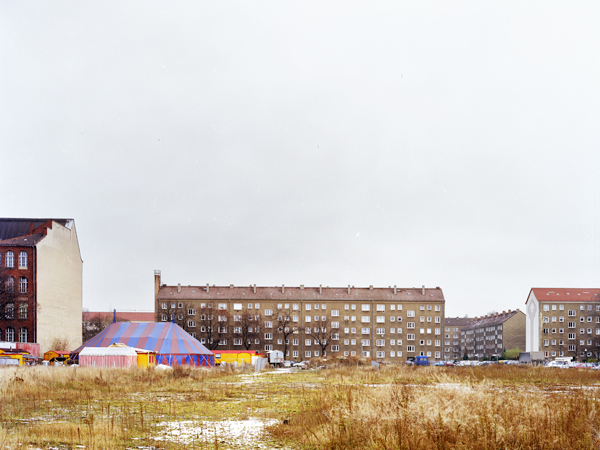
C-Print
50 x 60 cm
“When freedom sweeps away the Berlin Wall, Marcus Kaiser installs a photo chamber in the gaps of the old barrier between East and West and captures both sides of Berlin on film. He continued his work after the fall of the Wall. In the no-man’s land that separated two worlds, Marcus Kaiser immortalises absence. With compositions reminiscent of Flemish painting and a cool objectivity synonymous with German photography, he photographs this badlands, now covered by modern buildings.”
Stéphanie Cerri, Midi Libre, 15.12.2012 (translation)